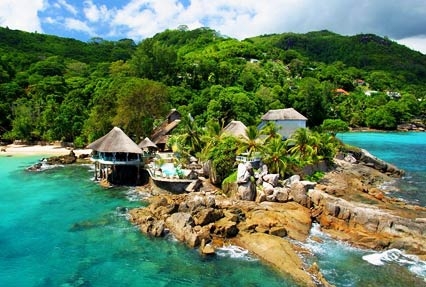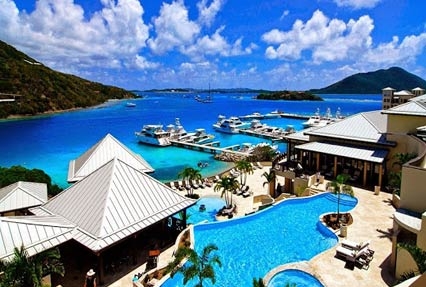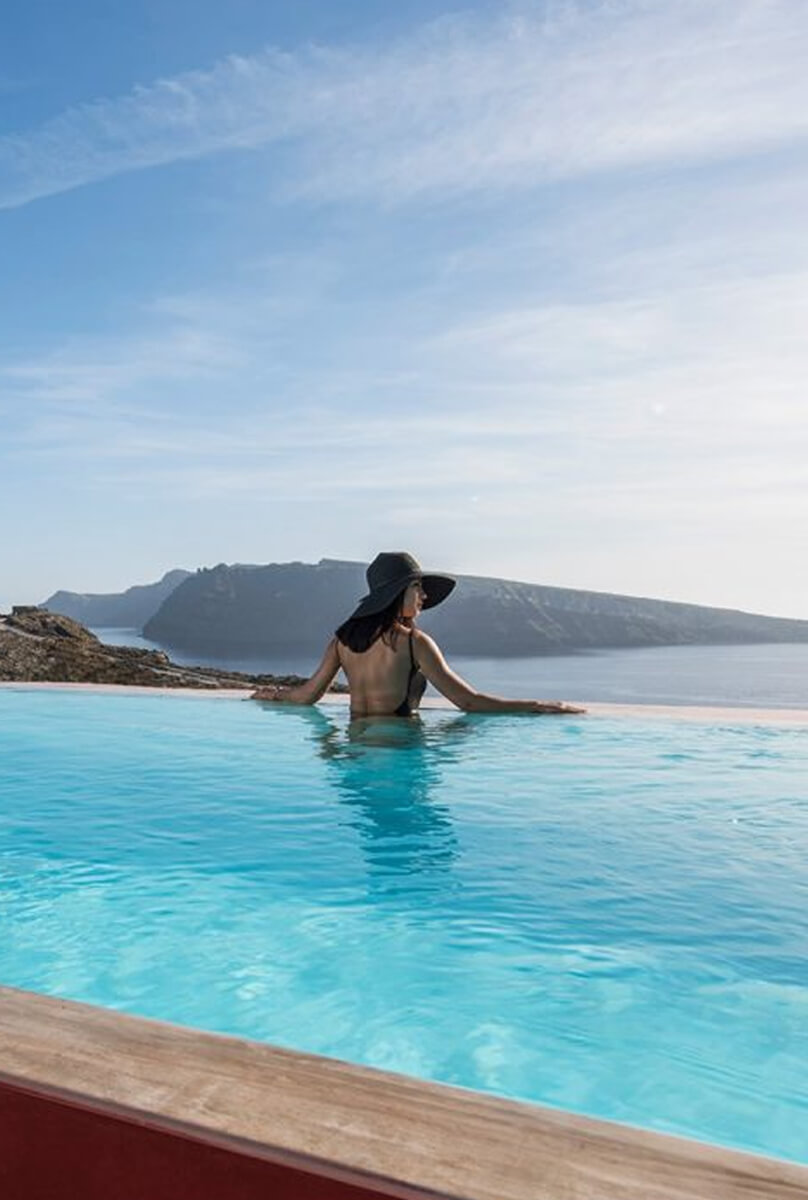Seychelles Holiday
Description
Although visited by Phoenicians, Malays and Arabs, and used in the 16th century by the Portuguese as a stopover point, the Seychelles remained largely uninhabited until the 17th century.
Pirates and privateers set up bases on the islands and in 1741 the Governor of Mauritius (then called Île de France) sent Lazare Picault to explore them. The French claimed possession of the islands in 1756 and French settlers from Mauritius, with their African slaves, began to arrive from 1770.
British attempts to take possession in the late 18th century were confounded by the pacifying tactics of Governor Queau de Quinssy, who several times surrendered to British aggressors, then after their departure, raised the French flag again. After the Napoleonic Wars, by the Treaty of Paris (1814), the Seychelles was ceded to Britain, together with Mauritius. From then until 1903, it was administered from Mauritius.
The Seychelles had long provided a transit point for slaves from Africa. Britain abolished trade in slaves at the beginning of the 19th century (abolishing slavery itself in 1834) and British vessels were active in attacking Spanish, Arab and other slaving vessels. About 3,000 Africans rescued from Arab slave traders on the East African coast between 1861 and 1874 were removed to Seychelles, to become labourers on the plantations. The British also exiled some West African chiefs, who were continuing to resist British control, to Seychelles. There was also some Chinese and Indian settlement in the 19th century, most commonly by traders.
Poverty was widespread by 1918, due partly to a fall in vanilla prices (an artificial substitute having been discovered). New cash crops such as cinnamon and copra were then introduced. In the 1940s, the Association of Seychelles Taxpayers protested against the UK’s management of the islands. In 1964 the Seychelles Democratic Party (SDP), led by James Mancham, and the Seychelles People’s United Party (SPUP), led by France Albert René, were founded. The SDP favoured retaining close ties with the UK; the SPUP campaigned for autonomy.
Universal adult suffrage was introduced in 1967, for elections of members of the legislative council. The council became a 15-member legislative assembly in 1970 (later National Assembly) and general elections were held in which the SDP won six seats and the SPUP five. Mancham became chief minister. At the next elections in 1974, the SDP won 52% of the votes, the SPUP 47%; Seychelles achieved internal self-government in the following year.
Gallery




